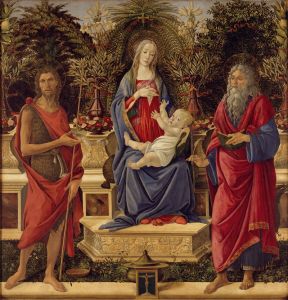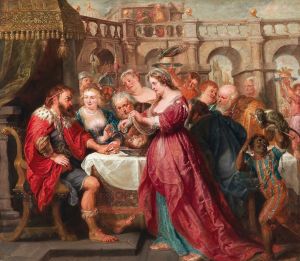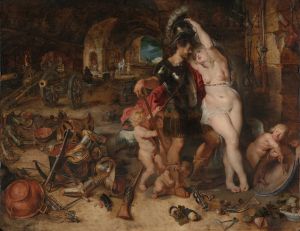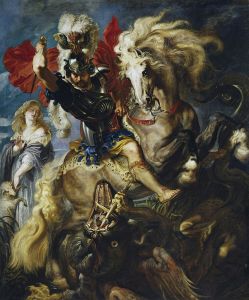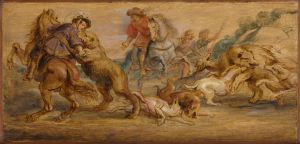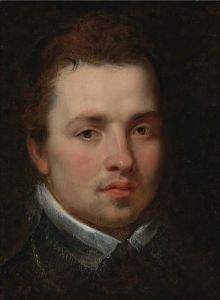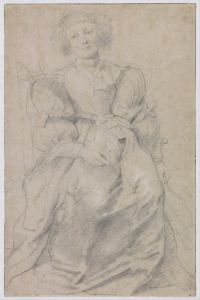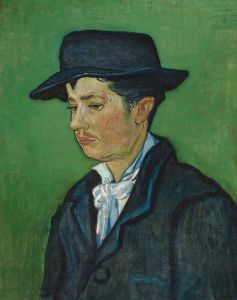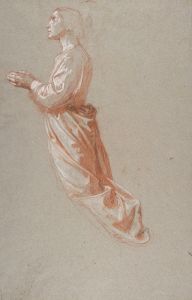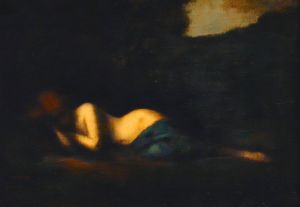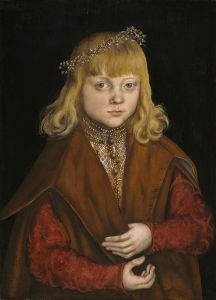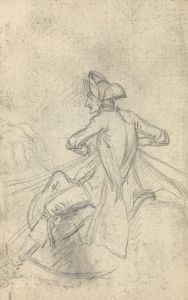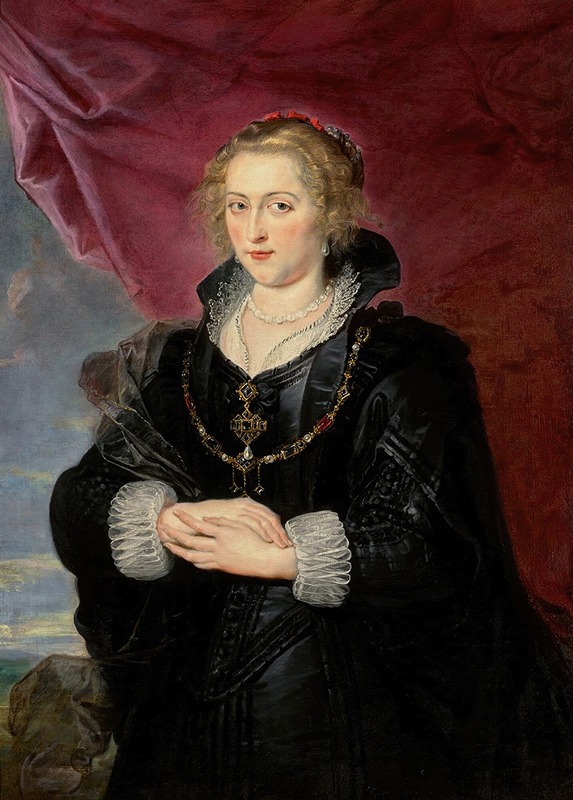
Portrait Of A Lady
A hand-painted replica of Peter Paul Rubens’s masterpiece Portrait Of A Lady, meticulously crafted by professional artists to capture the true essence of the original. Each piece is created with museum-quality canvas and rare mineral pigments, carefully painted by experienced artists with delicate brushstrokes and rich, layered colors to perfectly recreate the texture of the original artwork. Unlike machine-printed reproductions, this hand-painted version brings the painting to life, infused with the artist’s emotions and skill in every stroke. Whether for personal collection or home decoration, it instantly elevates the artistic atmosphere of any space.
Peter Paul Rubens, a prominent Flemish Baroque painter, is renowned for his dynamic compositions, vibrant color palette, and sensuous depiction of figures. Among his extensive oeuvre, "Portrait of a Lady" stands out as a testament to his skill in portraiture, a genre he mastered alongside his more famous historical and religious works. This painting exemplifies Rubens' ability to capture the essence and status of his subjects through meticulous attention to detail and a deep understanding of human expression.
"Portrait of a Lady" is believed to have been painted in the early 17th century, during a period when Rubens was at the height of his artistic prowess. The painting depicts an unidentified woman, showcasing Rubens' talent for rendering the textures of skin, fabric, and jewelry with remarkable realism. The subject is portrayed with a serene and composed expression, her gaze directed slightly away from the viewer, which was a common pose in portraiture of the time, intended to convey dignity and grace.
The lady is adorned in luxurious attire, indicative of her high social status. Rubens' attention to detail is evident in the intricate lacework of her collar and cuffs, as well as the shimmering quality of her satin dress. The richness of her clothing is further accentuated by the inclusion of jewelry, such as a pearl necklace and earrings, which were symbols of wealth and nobility in the 17th century. Rubens' use of light and shadow enhances the three-dimensionality of the figure, creating a lifelike presence that engages the viewer.
The background of the painting is relatively plain, a technique Rubens often employed to ensure that the focus remained on the subject. This simplicity allows the viewer to appreciate the subtleties of the lady's expression and attire without distraction. The muted tones of the background also serve to highlight the vibrant colors of the subject's clothing and the luminous quality of her skin.
Rubens' portraits were highly sought after by the European elite, and his ability to capture the personality and status of his sitters made him a favorite among the nobility. While the identity of the lady in this portrait remains unknown, the painting itself offers insight into the fashion and societal norms of the time. It also reflects Rubens' mastery in creating portraits that are not only visually stunning but also rich in character and depth.
"Portrait of a Lady" is housed in various collections, with different versions and copies attributed to Rubens and his workshop. This practice was common in Rubens' studio, where assistants often replicated his works under his supervision, allowing for wider dissemination of his style and compositions.
In summary, "Portrait of a Lady" by Peter Paul Rubens is a quintessential example of Baroque portraiture, showcasing the artist's exceptional skill in capturing the elegance and status of his subjects. Through his masterful use of color, light, and composition, Rubens created a timeless work that continues to be admired for its beauty and craftsmanship.





